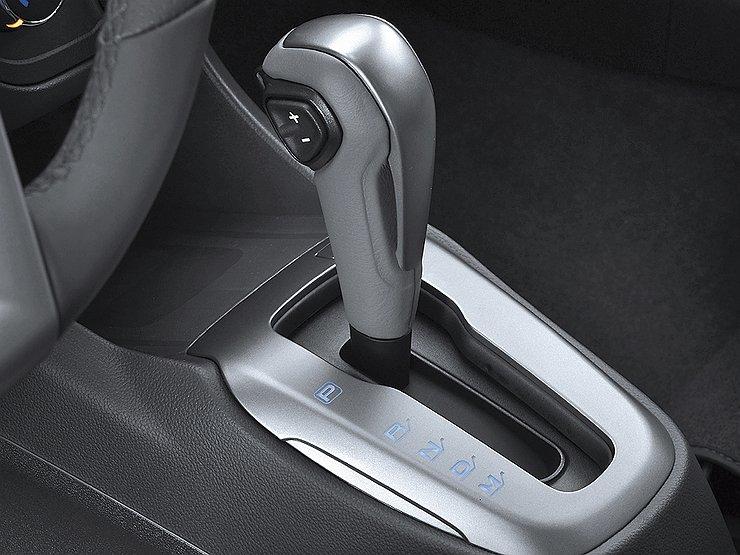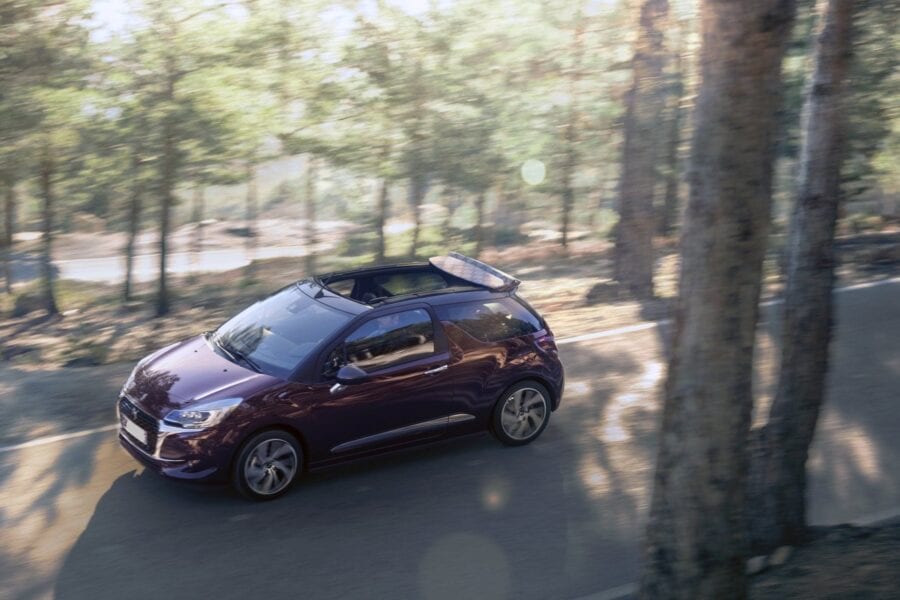
The device and principle of operation of the anti-roll bar
Content
The anti-roll bar is one of the essential suspension elements in modern cars. A detail that is inconspicuous at first glance reduces body roll when cornering and prevents the car from overturning. It is on this component that the stability, handling and maneuverability of the car, as well as the safety of the driver and passengers, depend.
Principle of operation
The main purpose of the anti-roll bar is to redistribute the load between the elastic elements of the suspension. As you know, when cornering, the car rolls, and it is at this moment that the anti-roll bar is activated: the struts move in opposite directions (one pillar rises and the other falls), while the middle part (rod) begins to twist.
As a result, the stabilizer raises the body on the side where the car has fallen on its side, and lowers it on the opposite side. The more the car leans, the stronger the resistance of this suspension element. As a result, the car is aligned with the plane of the road surface, roll is reduced and grip is improved.
Anti-roll bar elements
The anti-roll bar consists of three components:
- U-shaped steel pipe (rod);
- two racks (rods);
- fasteners (clamps, rubber bushings).
Let's consider these elements in more detail.
Kernel
The rod is an elastic cross brace made of spring steel. It is located across the car body. The rod is the main element of the anti-roll bar. In most cases, the steel bar has a complex shape, since there are many other parts under the bottom of the car body, the location of which must be taken into account.
Stabilizer's pole
The anti-roll bar (link) is the element that connects the ends of the steel bar to the arm or shock absorber strut. Externally, the stabilizer post is a rod, the length of which varies from 5 to 20 centimeters. At both ends, there are pivot joints, protected by anthers, with which it is attached to other suspension components. The hinges make the connection flexible.
In the process of movement, the rods have a significant load, due to which the hinge joints are destroyed. As a result, the rods very often fail, and they have to be changed every 20-30 thousand kilometers.
Mountings
Anti-roll bar mounts are rubber bushings and clamps. It is usually attached to the car body in two places. The main task of the clamps is to securely fasten the rod. The rubber bushings are needed so that the beam can rotate.
Types of stabilizers
Depending on the installation location, a distinction is made between front and rear anti-roll bars. In some passenger cars, the rear steel cross brace is not fitted. The front stabilizer bar is always installed on modern cars.
There is also an active anti-roll bar. This suspension element is controllable, as it changes its stiffness depending on the type of road surface and the nature of the movement. Maximum rigidity is achieved in tight bends, medium rigidity is provided on a dirt road. In off-road conditions, this part of the suspension is usually deactivated.
The stiffness of the stabilizer is changed in several ways:
- the use of hydraulic cylinders instead of racks;
- using an active drive;
- the use of hydraulic cylinders instead of bushings.
In a hydraulic system, a hydraulic drive is responsible for the stiffness of the stabilizer. The drive design may vary depending on the hydraulic system installed in the vehicle.
Disadvantages of the stabilizer
The main disadvantages of the stabilizer are a decrease in the suspension travel and a deterioration in the cross-country ability of SUVs. When driving off-road, there is a risk of wheel hanging and loss of contact with the supporting surface.
Automakers propose to solve this problem in two ways: abandon the stabilizer in favor of an adaptive suspension, or use an active anti-roll bar, which changes stiffness depending on the type of road surface.
Read how to replace the stabilizer bar on a VAZ 2108-99 separate review.

